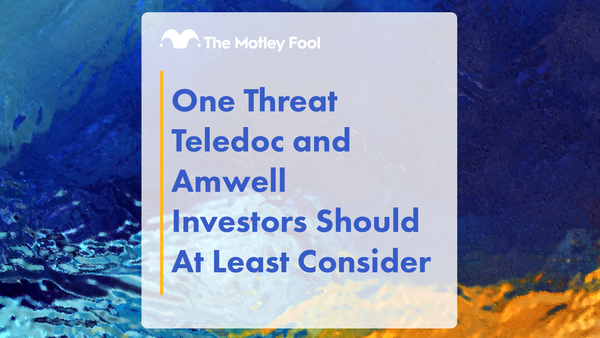Wall Street has fallen in love with biotech. Over the past two years, the NASDAQ Biotechnology Index Fund (NASDAQ: ^NBI) is up 125%, trouncing both the Dow Jones Industrials and the S&P 500 in terms of return on investment (ROI). This sudden interest in biotechnology is certainly no accident. Drug approvals by the U.S. Food and Drug Administration (FDA) are at historically high levels, due in part, to regulatory changes at the FDA leading to smoother drug reviews. In turn, this marked increase in drug approvals has given investors the confidence to speculate more freely on drugs still in the throes of risky clinical trials.
For example, investors have pushed the share price of Acadia Pharmaceuticals (ACAD +0.14%) up an astounding 985% over the past year, based solely on the belief that the company's flagship drug candidate for Parkinson's Disease Psychosis, pimavanserin, will ultimately be approved by the FDA. Even so, Acadia has announced that it will not even file a New Drug Application for pimavanserin until the end of 2014, suggesting that these prices are a tad overinflated for a company lacking any form of revenue, and still burning tons of cash.
In a similar manner, biotech investors jumped into MannKind Corp. (MNKD +0.00%) with both feet earlier this year in hopes that the company's pivotal Phase III data for its inhaled insulin product, Afrezza, would bring MannKind to the promised land of drug approvals. Since the company announced positive trial results in August, the stock has fallen back to Earth somewhat due to a number of questions surrounding the feasibility of successfully commercializing an inhaled insulin product. While Afrezza does appear to be on the path toward FDA approval, a nearly $2B market cap pre-approval is hard to understand, especially given that Afrezza already has a fierce competitor in the fast-acting insulin market in the form of Novo Nordisk's Novolog.
These so-called "run ups" mark an important sea change in investor sentiment, given that new drug candidates have a historically poor track record of success. Specifically, new drug candidates have traditionally failed to reach the commercialization phase of their life-cycle over 70% of the time, making any biotech a risky investment.
Although drug approvals are up markedly over the last two years, biotechs nonetheless remain tremendously risky investments. A failure in the clinical trial process, or an outright rejection by the FDA, often craters the share price of the afflicted company. The FDA's rejection of Aveo Oncology's renal cancer drug, tivozanib, earlier this year resulted in a whopping 75% decline in share price. Since the company has no revenue to speak of, such a massive decline in price per share will only force the company to heavily dilute shareholders to fund its other clinical candidates. Moreover, there are plenty of similar examples littering the biotech sector this year, despite the precipitous jump in approvals by the FDA of late. In sum, investing in biotech is not for the faint of heart, and should be undertaken with a great deal of caution.
Investors that have decided to step off the ledge and pick stocks on their own in the biotech sector face a daunting task. Namely, biotechs are unique in that they require investors to have at least a basic understanding of science, the FDA's regulatory process, and business in general in order to consistently pick winners. This is certainly no walk in the park.
Using Market Cap As A Guide to Selecting Biotechs
In my experience, retail investors all-too-often begin the process of stock selection by resorting to rumor mills like Internet message boards that are pumping the next "hot" biotech. Alternatively, I suggest bio-investors should start the process using market capitalization as an initial guide when seeking out individual stocks, especially in the biotech sector.
A quick look at the average performance among large ($10-$200B), mid ($2-$10B), and small cap ($300M-$2B) biotechs year-to-date, for example, shows that mid-caps have greatly outperformed their peers with a 146% ROI, compared to 94% for small-caps and 61% for large-caps. Even so, large caps have considerably less volatility (average monthly: 2.6%) compared to mid-caps (3.4%) or small-caps (4.7%), meaning that large-caps do offer a relatively stable investment with excellent performance.
Overall, biotechs have had a banner couple of years, and the party looks to be far from over. Using market capitalization to cull down potential investment vehicles in this volatile sector is an excellent way to begin the process of building a winning portfolio.








